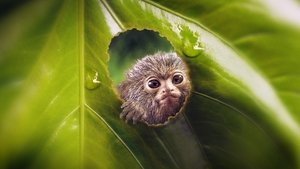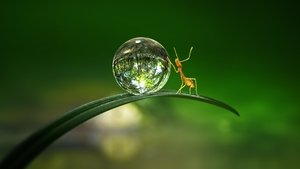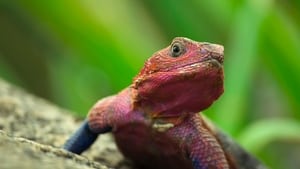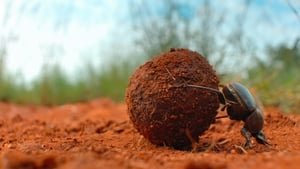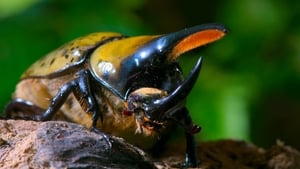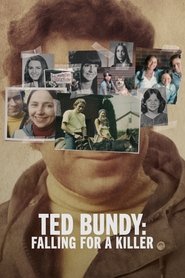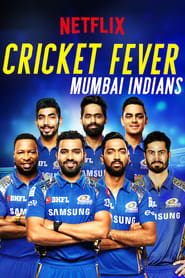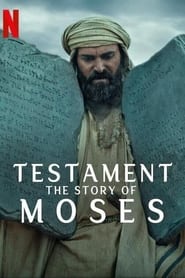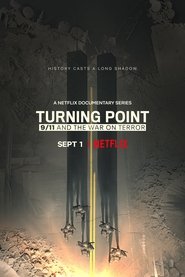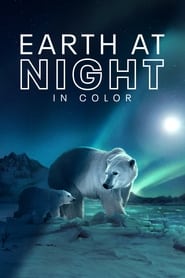

Seasons and episodes
1Season 1 Oct. 02, 2020
 1 - AllS01 Ep(1-6) Aug. 26, 2022
1 - AllS01 Ep(1-6) Aug. 26, 2022
2Season 2 Apr. 16, 2021
 2 - AllS02 Ep(1-6) Aug. 26, 2022
2 - AllS02 Ep(1-6) Aug. 26, 2022
Video trailer
Synopsis
Tiny World Season 1-2 Download In English 1080p 720p 480p
StoryLine:
The six episodes of Tiny World document some of the smallest creatures in different ecosystems around the world. Narrated by Paul Rudd (who is a producer) with Tom Hugh-Jones, Dr. Martha Holmes and Grant Mansfield serving as executive producers, the project sent directors and cinematographers all over the planet to get up-close and personal with all sorts of tiny mammals, teeny insects, small birds, and other animals that are the smallest of the small, using camera lenses designed to take extreme macro shots, along with rigs that give shots a cinematic feel.Tiny World Season 1-2 Download.
As the herds of elephants go through and leave massive, flooded footprints after a storm, a dung beetle grabs balls of elephant dung and take them to their new damp homes in hopes of providing food and the ability to attract a mate. A crowned plover needs to protect her eggs as herds of wildebeest and zebra migrate through. Oxpeckers protect trees from the long tongues of giraffe. We then come back to the mongoose who help warthogs groom by eating fleas off their coarse hair.Tiny World tries to be a bit more natural and less dramatic than Tiny Creatures, which tried to amp up the drama to make it seem like a big-budget action film involving small animals. But the cinematography of Tiny World is so good, it achieves a similar effect without having to resort to over-the-top cues that say “These animals are always in trouble!”
The reason why the cinematography is so impressive is that it’s one thing to wait around for lions to do something or for other similarly massive creatures to get into interesting situations. Waiting for the tiniest of the tiny to do something interesting takes a special kind of dedication. This series is the culmination of a decade of filmmakers examining tiny creatures shot with macro lenses, and the care and dedication is evident in both the cinematography and the storytelling that Hugh-Jones was able to squeeze from the footage.
Additional Links:
Original title
Tiny World
TMDb Rating
8 109 votes
First air date
Oct. 02, 2020
Last air date
Apr. 16, 2021
Seasons
2
Episodes
12
Average Duration
30 minutes



